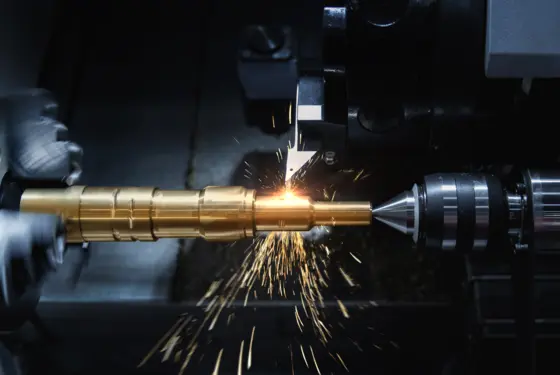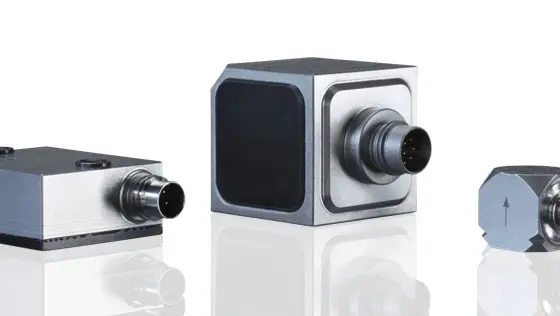Minganti is a specialist manufacturer in the hard turning and honing segments, with an installed global base of over a thousand machines. Minganti and Kistler have collaborated to develop a machine monitoring system that comprises a piezoelectric (PE) strain sensor, an accelerometer, and a digital charge amplifier for machine communication. Thanks to this new solution, users can measure cutting forces indirectly, monitor tool wear and breakage, and improve the profile accuracy of bearings and other high-precision components.
High productivity combined with low manufacturing costs and high workpiece quality are essential prerequisites for sustainability, profitability and competitiveness. Especially when the materials involved are difficult to machine, tool lifetimes can vary greatly – which in turn affects product quality. Even today, in the age of digitalization, manufacturing companies are still heavily dependent on the personal know-how of employees who evaluate, adapt and improve processes based on individual experience and historical data. In times of skilled worker shortage and increased fluctuation in manufacturing, this leads to a higher risk that valuable know-how is lost, and independent assurance of process quality becomes increasingly difficult.
A reliable machining monitoring provides valuable real-time insights into the current process and thus the basis for reliable, productive and reproducible manufacturing processes which leads also to the right decision-making for short and long-term improvement. Ideally, with the monitoring of machines and processes, abnormalities in the highly dynamic machining processes allow users to react instantly and secure high productivity, decrease the scrap rate, and increase tool life-time. Therefore, continuous machine and process monitoring with reliable sensors are essential. In addition, good process documentation based on the monitoring data and measurement histories can generate additional process knowledge, thereby contributing to effective trainings and increased competencies. This can also be used for objective assessments when setting up and benchmarking processes, production lines, and factories. Moreover, it also supports the machine operator in achieving the required qualities quickly and reliably, regardless of individual experience.







![Force Sensors [object Object]](https://kistler.cdn.celum.cloud/SAPCommerce_Document_Preview/960-262e.webp)
![Test & Measurement acceleration, acoustic emission and dynamic force [object Object]](https://kistler.cdn.celum.cloud/SAPCommerce_Document_Preview/900-380e.webp)
![Process Monitoring Systems – maXYmos XY Monitors for 100 % Quality in Production, Assembly and Product Testing [object Object]](https://kistler.cdn.celum.cloud/SAPCommerce_Document_Preview/960-338e.webp)
![Charge amplifiers [object Object]](https://kistler.cdn.celum.cloud/SAPCommerce_Document_Preview/960-907e.webp)